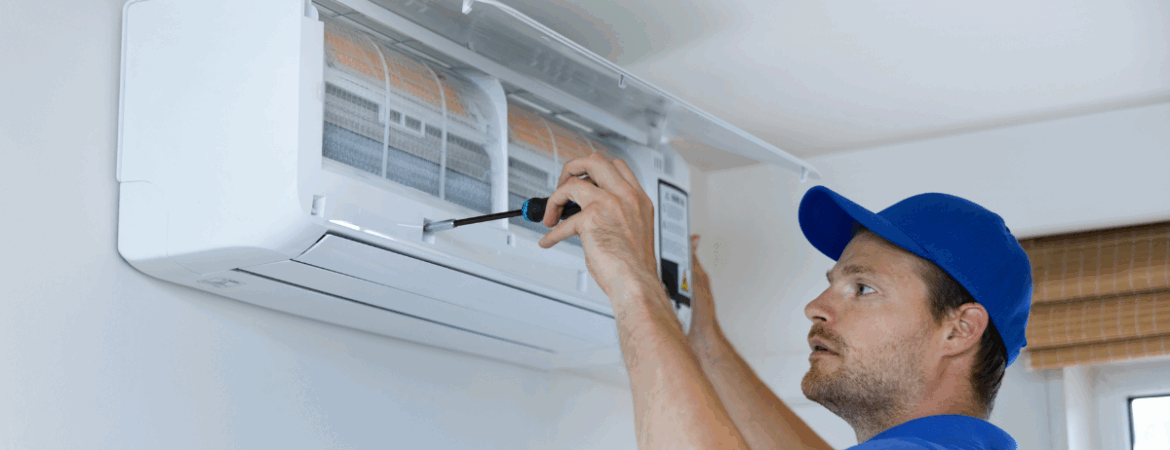When business owners plan to install or upgrade their commercial heating and cooling systems, the first thing they often consider is the upfront cost. A unit that’s a few thousand dollars cheaper can look like a smart saving—until the hidden costs begin to appear. Over the lifetime of an HVAC system, factors like energy consumption, maintenance, downtime, and replacement parts often outweigh the initial investment.
This article reveals the often-overlooked expenses of commercial HVAC systems and explains why it pays to think long-term when making purchasing decisions.
1. Energy Consumption: The Silent Drain on Your Budget
The largest hidden cost of any HVAC system is usually energy use. In commercial spaces like restaurants, retail stores, or offices, heating and cooling can account for 40%–60% of total utility bills.
- Low-efficiency systems may save money upfront but consume significantly more electricity month after month.
- High-efficiency systems with a better SEER rating or inverter technology can cut energy costs by 20%–30%.
- Smart thermostats and zoning controls ensure that energy isn’t wasted cooling or heating empty rooms.
Example: A restaurant that runs its HVAC system 12 hours a day might spend an extra $5,000–$10,000 annually if it chose a cheaper, less efficient model. Over 10 years, that’s a six-figure loss.
2. Maintenance and Repair: Small Problems, Big Bills
Another hidden cost comes from ongoing service. Commercial HVAC systems are larger and more complex than residential units, requiring specialized technicians for routine maintenance.
- Cheaper units may require more frequent repairs because of lower-quality components.
- Regular maintenance—filter replacement, duct cleaning, refrigerant checks—can easily run into thousands of dollars annually.
- Downtime costs: When an HVAC system breaks down, it doesn’t just cost money to repair; it affects customer experience, employee comfort, and even product safety (for businesses storing perishables).
Insight: A robust, well-built system may cost more upfront but will likely require fewer emergency service calls, translating into lower long-term costs.
3. Replacement Parts and Lifespan
The initial purchase price doesn’t reflect the long-term expenses of replacement parts.
- Generic or outdated systems may have limited availability of spare parts, driving up repair costs or leading to premature replacement.
- Trusted brands usually have established service networks and reliable supply chains, ensuring faster, cheaper part replacements.
- System lifespan: A lower-cost commercial unit may only last 8–10 years, while premium models can last 15–20 years with proper care.
In reality: Paying 20% more upfront could double the life expectancy of your system.
4. Comfort and Productivity: The Intangible Costs
Commercial HVAC isn’t just about balancing the books—it’s about keeping people comfortable.
- Customer Experience: In restaurants and retail, a poorly functioning HVAC system can drive customers away. Nobody lingers in a hot store or a freezing dining room.
- Employee Productivity: Studies show that uncomfortable indoor temperatures can reduce productivity by up to 10%.
- Health Concerns: Systems that aren’t properly maintained can spread dust, allergens, or mold, leading to health issues and even liability claims.
These costs don’t appear on an invoice but have real impacts on revenue and workplace morale.
5. Compliance, Warranties, and Insurance
Commercial buildings are often subject to stricter codes and regulations than residential properties. Non-compliant HVAC systems may result in fines, failed inspections, or higher insurance premiums.
- Warranties: Many warranties require documented regular maintenance. Skipping this step can void your coverage, leaving you with full repair costs.
- Insurance: Some insurers consider HVAC failures a liability risk. A well-maintained, compliant system can lower your premiums.
6. The Smart Investment Approach
Instead of chasing the lowest upfront price, business owners should calculate the total cost of ownership (TCO):
- Purchase Price
- Energy Bills Over Time
- Maintenance and Repairs
- Lifespan of the System
- Indirect Costs (comfort, downtime, compliance)
When you look at the full picture, the “cheaper” system is often the most expensive in the long run.
Conclusion: Pay Now or Pay Later
Commercial HVAC systems are a long-term investment, not a short-term expense. While it’s tempting to choose the lowest quote, hidden costs like energy waste, frequent repairs, lost productivity, and regulatory fines quickly add up.
By choosing an energy-efficient, durable, and professionally installed system, business owners save money, protect their reputation, and ensure comfort for both employees and customers.
Key takeaway: The lowest price might look attractive today, but the right HVAC system delivers true value for years to come.


Leave A Comment